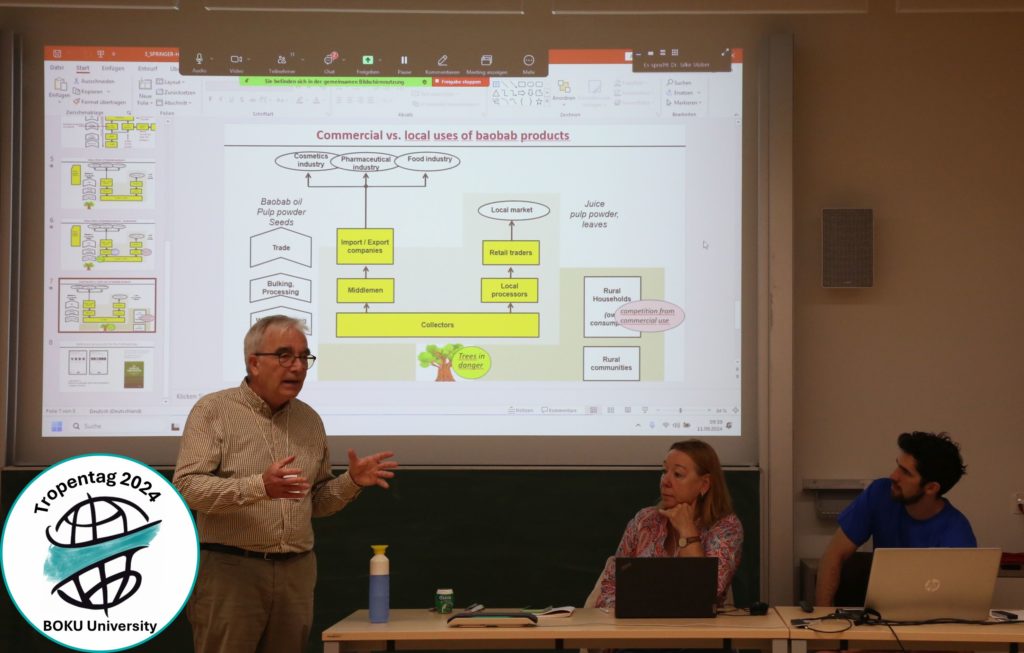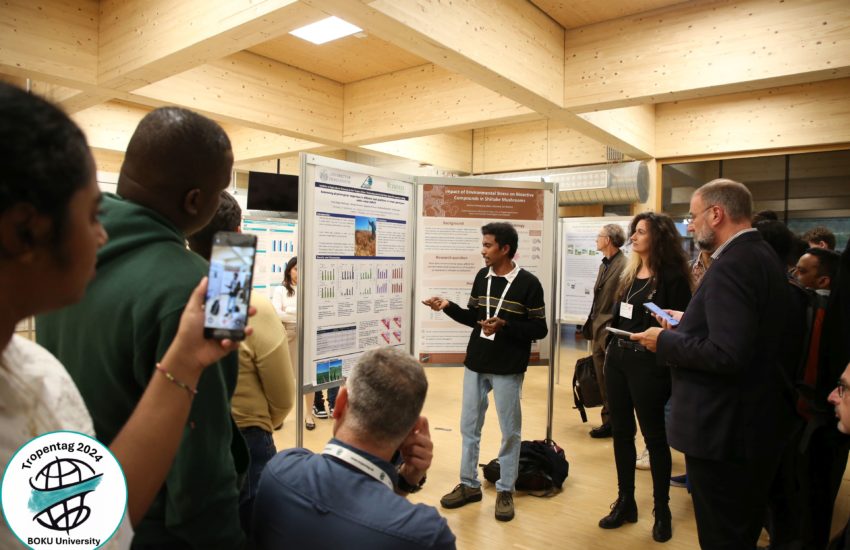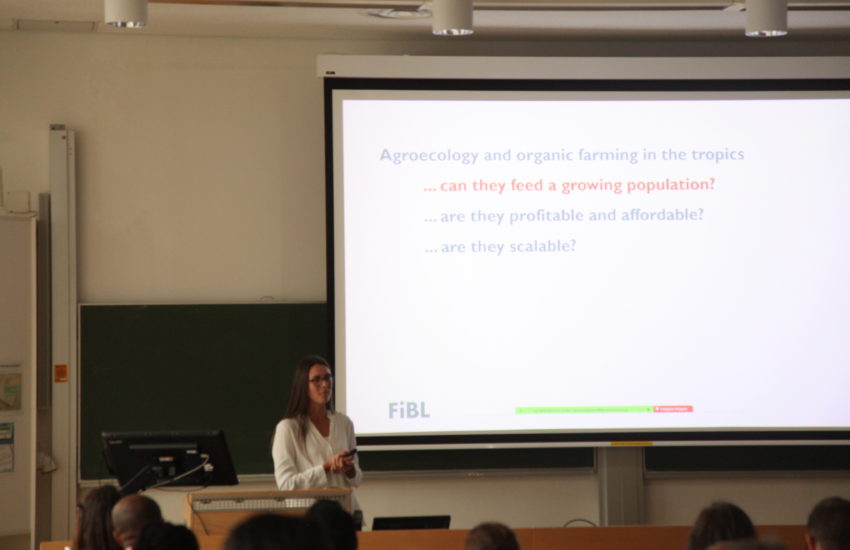Unlocking the Potential of Baobab: A path to a healthier, sustainable, and equitable food system

In the quest for a more sustainable and equitable global food system, the focus often remains on staple crops and large-scale agricultural practices. However, underutilized crops like the Baobab tree, which are often overlooked, hold significant potential for transforming food systems. Dr. Katja Kehlenbeck’s presentation on “Integration of Underutilized Crops for Transitioning to a Healthier, Sustainable, and Equitable Food System: The Case of Baobab” at Tropentag 2024 sheds light on the Baobab’s immense value, its potential benefits, and the challenges it faces in achieving broader recognition and use.
Why Baobab Matters?

Baobab, often termed the “Tree of Life,” thrives in the semi-arid regions of Sub-Saharan Africa. This remarkable tree is not only an ecological marvel but also a vital source of nutrition and resilience. Its fruit pulp is renowned for its exceptional vitamin C content—five times higher than that of oranges—and its high calcium levels. Additionally, Baobab leaves are a rich source of vitamin A and calcium. These nutritional benefits make Baobab an invaluable asset for food security, especially in areas where traditional crops struggle to grow.
Beyond its nutritional benefits, Baobab’s resilience to drought and its potential for long-term storage make it a key player in climate change adaptation. Its products, such as fruit pulp, leaves, and seeds, are not only crucial for local diets but are also exported to international markets, including the USA. This makes Baobab a cornerstone of both local food systems and global trade.
Challenges
Despite its potential, Baobab faces several significant challenges that hinder its widespread adoption and commercialization. One major issue is the lack of domestication and cultivation. The Baobab tree exhibits high variability in fruit yield and nutritional content, which complicates efforts to standardize and scale up production. This variability presents an opportunity for selecting superior mother trees for cultivation, but it also poses a challenge for consistent supply and quality.
Furthermore, the Baobab supply chain is fraught with problems. The fruits can sometimes contain aflatoxins, making them unsafe without proper testing, which is often not available to local farmers. Additionally, the processing methods—such as cooking the fruit pulp in sugar solutions—can lead to a loss of vital nutrients. Financially, the situation is dire for local producers. A case study in Kenya revealed that farmers receive only $0.10 per kilogram of raw Baobab produce, while consumers pay $1.50, and exporters fetch even higher prices. This disparity not only exploits farmers but also threatens the survival of Baobab trees, as farmers may resort to cutting them down for immediate profit.

The commercialization of Baobab also brings about gender-based conflicts. In many communities, women rely on Baobab leaves as a crucial food source, while men are interested in harvesting the fruit for sale. This can lead to overharvesting of leaves, negatively impacting fruit production and potentially leading to theft or premature harvesting of fruits due to their high market value.
A Call for Action
To harness the full potential of Baobab and similar underutilized crops, a multi-faceted approach is required. Collaboration with farmers, horticulturists, and agro-economists is essential to develop cultivation practices that stabilize supply and improve quality. Investments in testing facilities and better supply chain management can address food safety issues and reduce nutritional losses during processing. Engaging local communities in participatory research and decision-making processes can ensure that solutions are contextually relevant and equitable toward unlocking the full benefits of Baobab and similar neglected crops.

Author: Anushka Mukherjee



